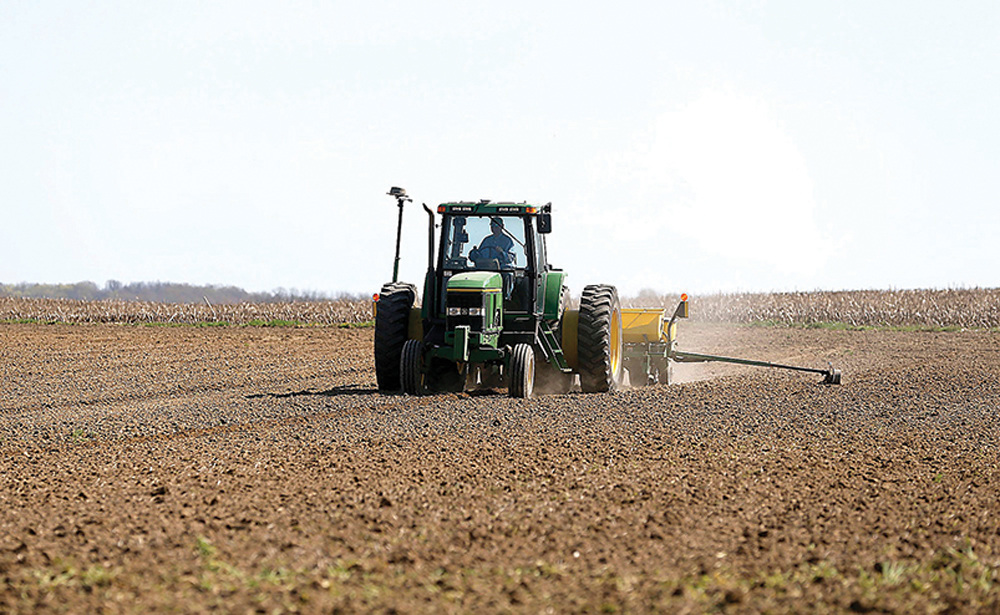The ICE Futures canola market saw mixed activity during the week ended April 20, with the nearby May contract hitting both its highest and lowest levels of the past month as traders worked to exit the contract ahead of its expiry.
The more-active deferred months were also up and down during the week, but held rangebound overall, with attention slowly shifting to North American weather and new-crop production prospects.
Statistics Canada’s first official acreage estimates of the year, set for release April 26, are unlikely to diverge too far from the 21.4 million acres of canola seeded in 2022. However, weather conditions through the seeding season could sway some area.
Read Also

Manitoba Ag Days plans star-studded speaker lineup
Dragons’ Den panellist Arlene Dickinson among speaker series highlight for 2026 Manitoba Ag Days in Brandon, alongside slate of agriculture experts.
Cool temperatures and recent storm systems have left fields across much of Saskatchewan and Manitoba on the damp side. It will take time for fields to dry out enough to allow for planting operations to get going in earnest. Any delays to the process would be supportive for prices, but weather to the south will also be watched.
Soybean and corn futures in Chicago also saw some choppy activity during the week, moving up for a few days before crashing back down. Planting is already well underway in the southern states and moving northward.
Exports of both crops showed signs of slowing, as large supplies out of Brazil make their way to the global market. Argentina’s drought-stricken crop continues to be revised lower but may be priced into the futures for now.
Meanwhile, condition ratings for U.S. winter wheat are at their poorest levels ever for this time of year, with only about a quarter of the country’s crop making the good-to-excellent grade. Light rains in the forecast were enough to send prices lower, but the moisture is unlikely enough to lead to serious improvement. Major spring wheat regions of the country, in Minnesota and North Dakota, were dealing with conditions similar, if not wetter, compared to Manitoba, with the late melt there keeping Minneapolis bids underpinned relative to the winter wheats.
Beyond the weather, the conflict in Ukraine overhangs everything, especially uncertainty over grain movement out of the country. The deal allowing movement through the Black Sea is set to expire in May, and Russia has been cagey about what it will do. The general sentiment is that boats will continue to move, but any chatter to the contrary has the potential to boost grain prices, at least temporarily.
Ukraine has also faced issues moving grain through neighbouring countries, due to concerns that the influx would undercut those countries’ domestic prices. Poland, Hungary and Romania were all instituting policies to ban or limit Ukrainian grain, although discussions through the European Union were underway to work out solutions.
















